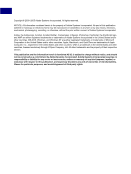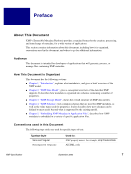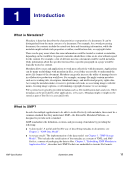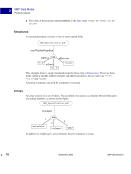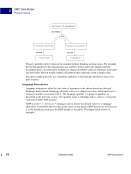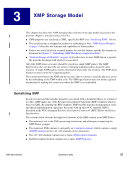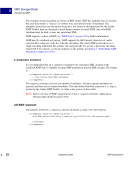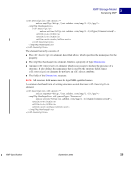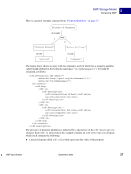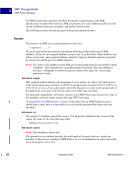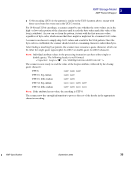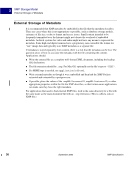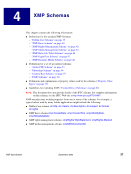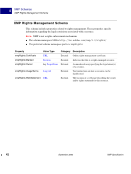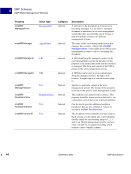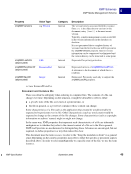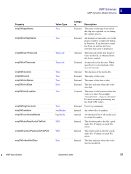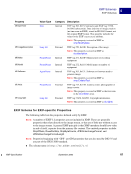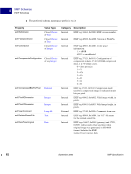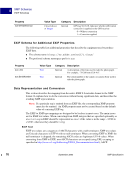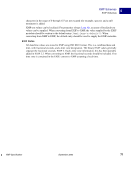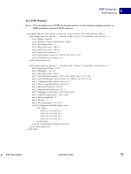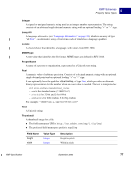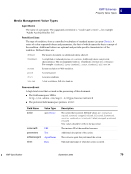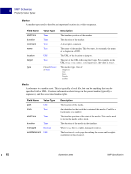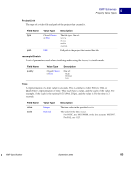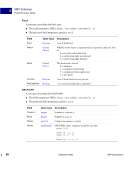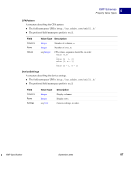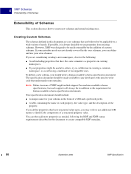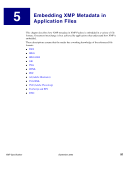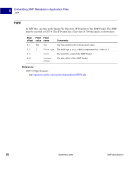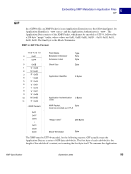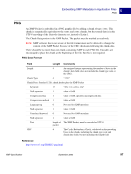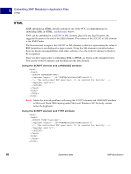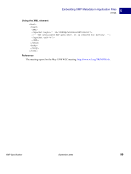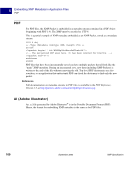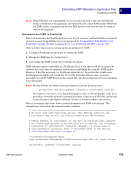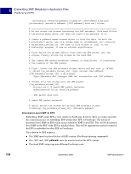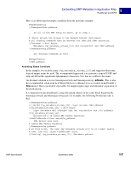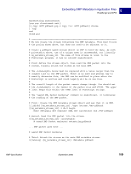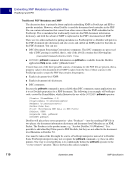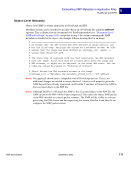XMP Specification September 2005 23 XMP Storage Model Serializing XMP 3 rdf:Description elements The rdf:RDF element can contain zero or more rdf:Description elements. The following example shows a single rdf:Description element: rdf:RDF xmlns:rdf="http://www.w3.org/1999/02/22-rdf-syntax-ns#" rdf:Description rdf:about="" xmlns:dc="http://purl.org/dc/elements/1.1/" ... Dublin Core properties go here /rdf:Description /rdf:RDF By convention, all properties from a given schema, and only that schema, are listed within a single rdf:Description element. (This is not a requirement, just a means to improve readability.) In this example, properties from the Dublin Core schema are specified within the rdf:Description element. The xmlns:dc attribute defines the namespace prefix (dc:) to be used. Properties from other schemas would be specified inside additional rdf:Description elements. NOTE: The rdf:Description element is also used when specifying structured properties (see “Structures” on page 25). rdf:about attribute The rdf:about attribute on the rdf:Description element is a required attribute that may be used to identify the resource whose metadata this XMP describes. The value of this attribute should generally be empty. Otherwise it may be a URI that names the resource in some manner that is meaningful to the application writing the XMP. The XMP Specification does not mandate or recommend any particular interpretation for this URI. Because the rdf:about attribute is the only identification of the resource from the formal RDF point of view, it is useful to format a non-empty value in a standard manner. This lets generic RDF processorsknow what kind of URI is used. There is no formal standard for URIs that are based on an abstract UUID. The following proposal may be relevant: ● http://www.ietf.org/internet-drafts/draft-mealling-uuid-urn-01.txt All rdf:Description elements within an rdf:RDF element must have the same value for their rdf:about attributes. NOTE: The XMP storage model does not use the rdf:about attribute to identify the resource. The value will be preserved, but is not meaningful to XMP. Previous versions of the XMP Specification suggested placing an instance ID here. Instead, an instance ID should now be placed in the xmpMM:InstanceID property. XMP Properties This section shows how the properties diagrammed in “Property Values” on page 15 would be serialized in XMP. The data diagrams are repeated for convenience.
Purchased from Demo (abedemo.tizrapublisher.com) for the exclusive use of unknown. © 2025 Demo. Please report unauthorized use to pirate@tizra.com


